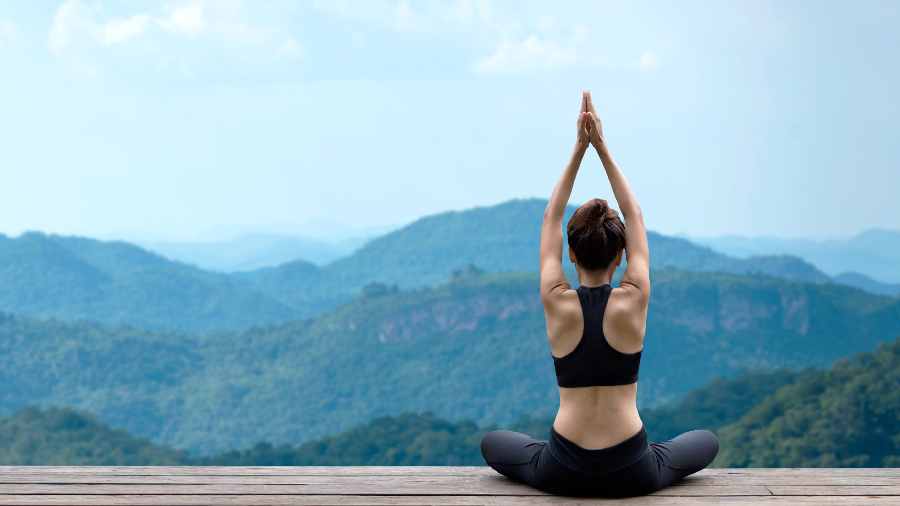Covid-19 has been an unprecedented human tragedy which has thrown almost every sphere of life completely out of gear. This once-in-a-century pandemic, beyond its impact on physical health, has also given rise to mental health issues, including depression and anxiety, as Covid-related restrictions were introduced all over the world in various forms. There is an urgent need to address the mental health aspects of the pandemic in addition to the physical ones. In the search for a holistic solution, many people globally have embraced yoga to stay healthy and rejuvenated.
Now, against the backdrop of the pandemic, yoga is thought to be even more significant in terms of building immunity and addressing mental health concerns. The fatalities caused by Covid were maximum in individuals with co-morbidities and reduced immunity levels. A weak immune system leaves us vulnerable to diseases and also undermines the body’s ability to fight various ailments. Yoga can build up immunity and preserve good health of the body and mind. Today, the ancient Indian philosophy of yoga has attained world-wide approval.
Recognising its universal appeal, on December 11, 2014, the United Nations proclaimed June 21 as the International Day of Yoga by a resolution. The day aims to raise awareness worldwide of the many benefits of practising yoga. In fact, yoga is very relevant in our modern lifestyle too.
Importance of yoga in promoting corporate wellness
From an outsider’s perspective, yoga on the one hand and business organisations on the other seem to be worlds apart. But are they really? Practising yoga can have a lot of benefits for those who work in the corporate world and can go a long way in helping employees to give their best to their respective organisations. That is the precise reason why many brands have included yoga in their corporate wellness programmes.
The biggest issues employees face today are stress and ailments relating to bad posture and job pressure. Yoga, through its many asanas and breathing techniques, teaches us to move in ways that realign posture, help release tension, and promote more functional movement patterns.
In today’s modern corporate world, where digitisation has engulfed almost all business verticals, employees spend 12-13 hours a day sitting in front of their laptops and other electronic devices. The repetitive movement that these devices demand can cause neck and shoulder strain and back problems apart from mental stress.
Coupled with these reasons, a fast-paced life, pressure to perform and shallow breathing patterns drain employees’ energy levels and increase vulnerability to various ailments. As a result, yoga sessions at workplaces are becoming increasingly common because they are a relatively low-cost and a preventive healthcare measure.
Given the severity of stress levels in the corporate world, especially in the senior management, yoga could turn out to be a lifeline for holistic well-being and a means of steering the radar of sustainable growth and development of an organisation.
It will serve corporate houses well if they could organise yoga sessions in the office premises regularly. Yoga could enhance productivity indirectly too. As the employees enjoy good health, the number of sick leaves taken due to health and stress-related complexities could reduce, which could give a fillip to the productivity per employee.
Some user-friendly asanas to relax the body and mind
Not all yoga asanas are complex and cumbersome. Some easy asanas which help us deal with stress and keep us young and energetic are described below.
Pranayama
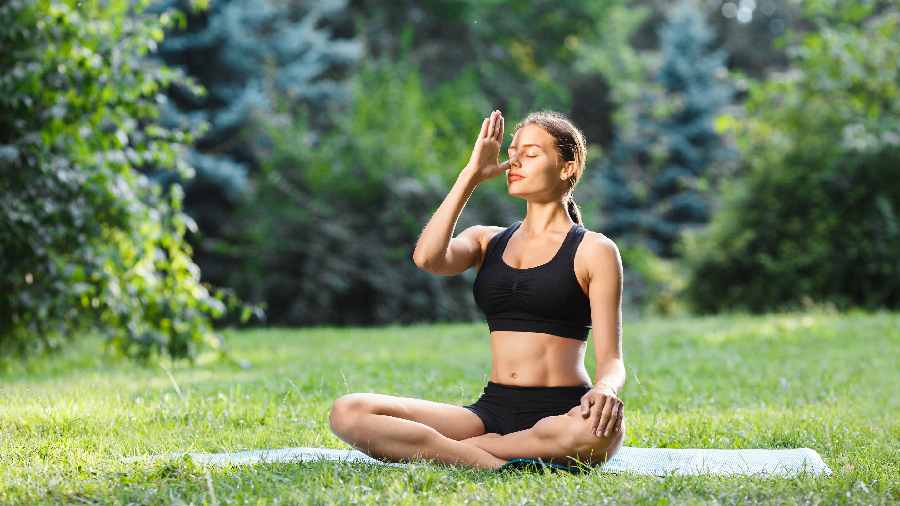
Pranayama is one of the most popular yoga asanas as it helps to reduce stress, increase oxygenation and improve blood circulation to the face and other parts of the body. Devoting a few minutes to practise Pranayama daily allows a natural cleansing of the system. Close one nostril with the fingers followed by breathing in through the other nostril. The air should be inhaled in short sniffs. Then close the second nostril and breathe out. Breathe in again through the other nostril and breathe out the same way. Do this eight-10 times at a stretch. This purifies the bloodstream and reduces stress.
Shavasana
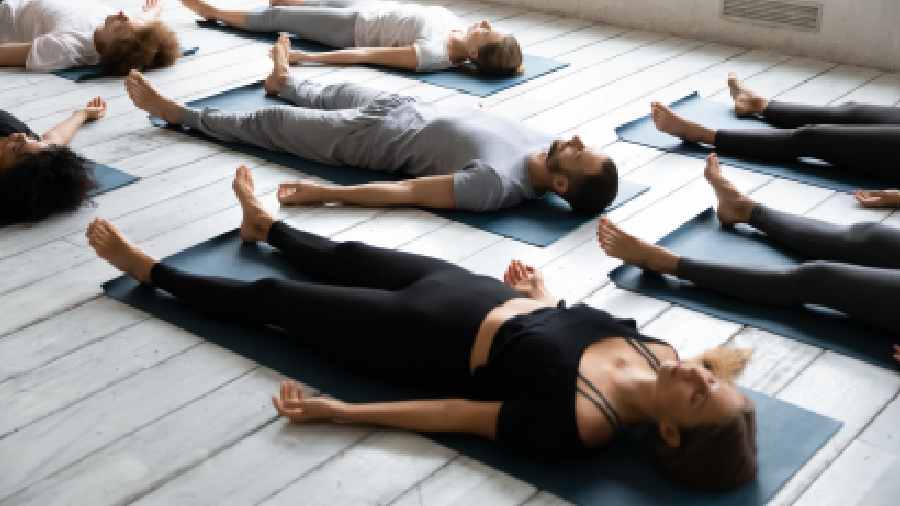
Shavasana or the corpse pose makes you mindful of your breathing, lowering hypertension, ensuring enhanced focus and mental well-being. Lie down on your back, arms around six inches away from the body and legs slightly apart with palms facing upwards. Take deep breaths, relax your mind and body. But be mindful that you do not fall asleep.
Dhanurasana

Dhanurasana is known as the ‘bow pose’ and is one of the easiest yogasana that strengthens the digestive system as well as the back and abdominal muscles. It also increases the flexibility of the spine. It helps prevent diabetes, relieves back pain, and strengthens the thigh muscles. Dhanurasana is also excellent for removing toxins and flushing the system. It promotes blood circulation and reduces stress too. It benefits the skin, making it clear and adds a glow.
Paschimottanasana
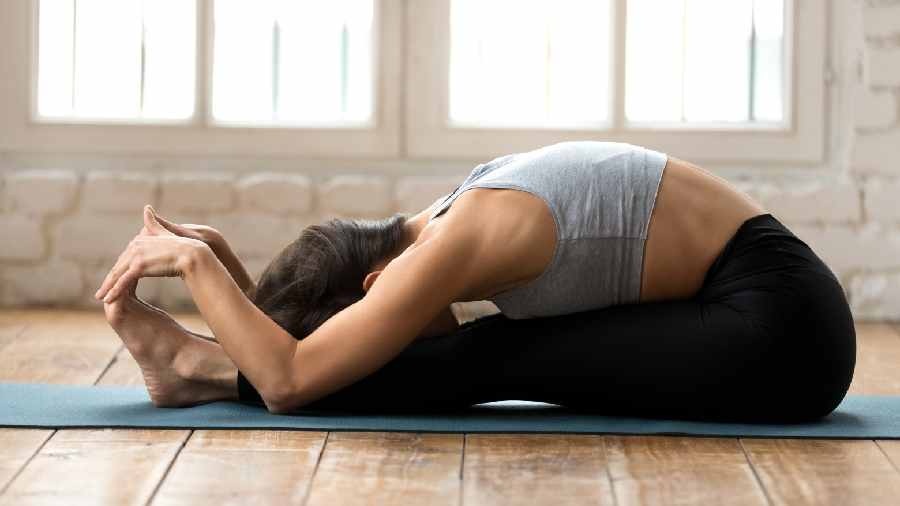
Paschimottanasana pose is a simple and traditional hatha yoga asana in which the back of the body is stretched out. It is one of the best yoga asanas for the healing of the entire body. In Paschimottanasana, your body is folded inwards, stretching the areas from your calves to your hamstrings to your spine.
Paschimottamasana has tremendous health benefits and covers up the entire body system. Its primary focus is on the spine, but it is also responsible for boosting energy levels of the body.
Pictures: Shutterstock
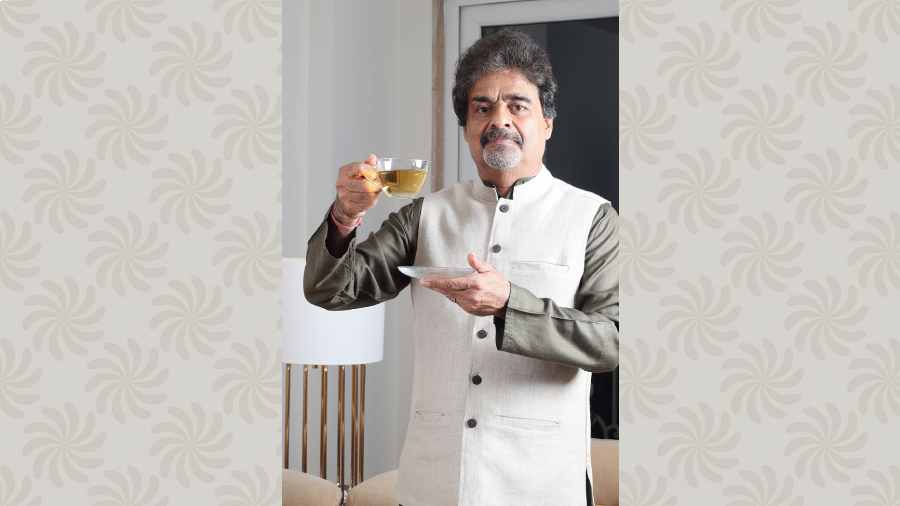
Madhav Sarda is an expert tea taster and managing director of tea brand Golden Tips Tea. He is also an avid yoga enthusiast
